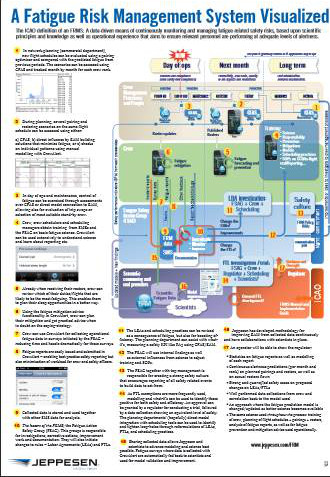NBAA Press Release
Washington, DC, March 5, 2014
For the second consecutive year, the National Business Aviation Association’s (NBAA’s) Safety Committee has published a list of recommended safety priorities for the business aviation industry. The list is intended to promote safety-focused discussion and advocacy among NBAA Members and the business aviation industry.
The list of NBAA Top Safety Focus Areas for 2014 is (in no particular order):
- Professionalism
- Positive Safety Culture
- Single-Pilot Safety
- Fitness for Duty
- Airport Safety
- Airmanship Skills
- Distraction Management
- Public Policy
- Talent Pipeline
- Technology Management
The committee developed the list with input from many of NBAA’s other standing committees, as well as from the FAA, the National Transportation Safety Board, the Flight Safety Foundation’s Business Advisory Committee and regional business aviation groups.
The list is first intended to serve as a conversation starter. “We want to start having discussions in our various spheres of influence on what each of these topics means on a personal basis,” said NBAA Safety Committee Chairman Eric Barfield. “But perhaps more importantly, we want to provoke a meaningful discussion among colleagues within the flight department and with the corporate office. It’s a conversation that goes both up and down the chain of command.”
The list also will serve to guide the Safety Committee’s work in support of safety advocacy for the year to come, providing a useful framework for developing future NBAA resources and education efforts in the coming months.
“Sometimes people don’t know what they don’t know when it comes to business aviation safety,” Barfield said. “We’re trying to educate them on those areas, as well as point out tools to help them continuously improve their safety processes and outcomes.”
First published in 2013 under the moniker “Top 10 Safety Focus Areas,” this year’s list was renamed to recognize the diversity within business aviation and give equal weight to all items listed. “This is no longer a prioritized list of concerns. Everybody has different priorities,” said Barfield. “Instead, these are key areas where the committee believes more discussion is warranted.”
The 2014 topics themselves are largely unchanged from 2013. Where changes to the list were introduced, they typically served to enhance or expand on topics and focus area descriptions from the previous year.
For example, “fatigue” is now aligned under a larger “fitness for duty” umbrella along with aeromedical issues and the growing concern with improper use of over-the-counter medications. ”Distraction management” is a new topic encompassing not only task saturation and situational awareness, but also distractions created by pressures stemming from the home and office. “Airmanship skills” and “airport safety” remain on the list, but have been expanded in scope.
Review NBAA’s Top Safety Focus Areas.
Learn more about the NBAA Safety Committee.

 Dassault Falcon Jet recently delivered its first Falcon 2000S in Brazil following certification by ANAC, Brazil’s aviation regulatory authority, late last year.
Dassault Falcon Jet recently delivered its first Falcon 2000S in Brazil following certification by ANAC, Brazil’s aviation regulatory authority, late last year.
